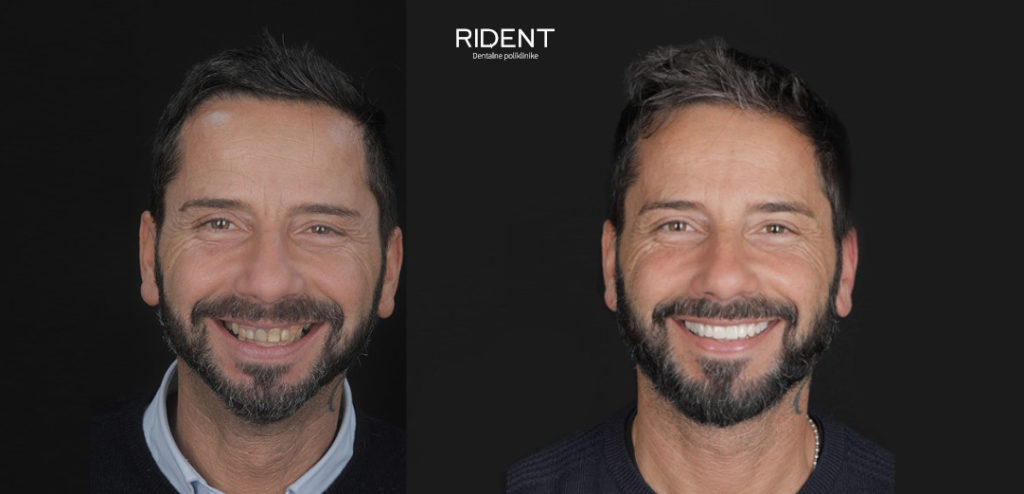01.07.2020
What is the Digital Smile Design?
Digital Smile Design, or DSD, is a contemporary process of digital smile planning and design. Based on well-taken photos of the patient’s smile and video clips of the face in speech and motion, a detailed computer analysis of the smile is done. The DSD program analyzes and processes all the patient’s dental proportions, facial appearance in various movements and emotional reactions, and especially a smile. These parameters create a digital representation of an ideal smile that is optimally suited to each person’s facial expression. The patient thus gets a clear insight into the current situation while compared to a proposed new smile. The best feature of the DSD concept is that the patient becomes a member of the DSD team and can explain the wishes and expectations to a team of dental specialists, in order to make additional corrections for a new smile together. Patients thus participate in every step of creating a new, radiant and natural smile that restores confidence.

Rident DSD Team
The DSD team is composed of our two DSD masters with the selected oral surgeons and dental technicians. The DSD concept ensures effective communication with a team of prosthetists, surgeons and dental technicians in order to create the optimum therapy plan to suit the patient’s personality.
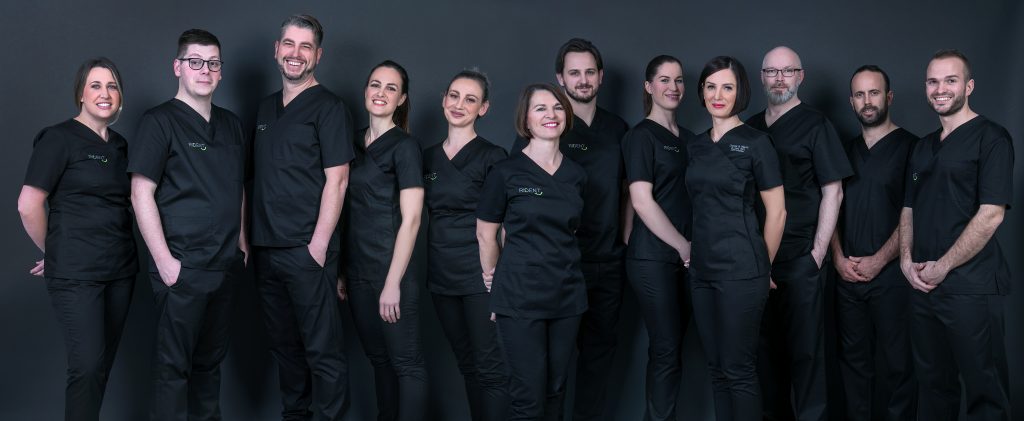
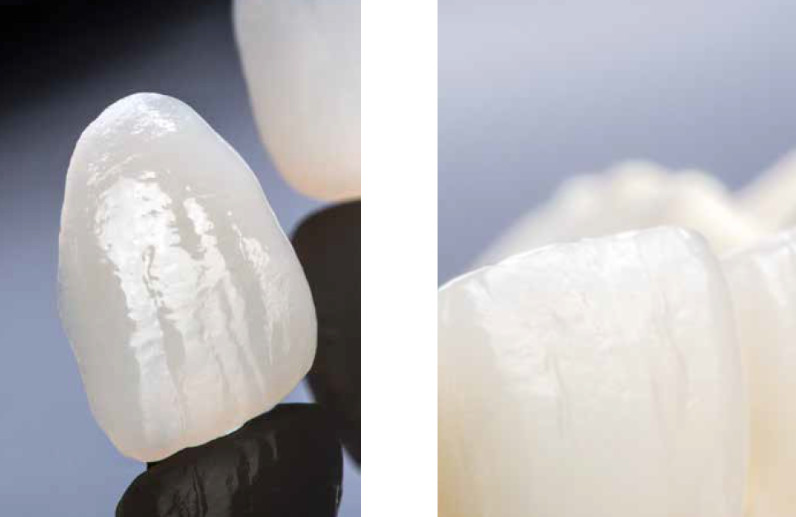
Type of work:
Crowns
Veneers
Type of material:
Metal-free ceramics
Zirconium-oxide ceramics
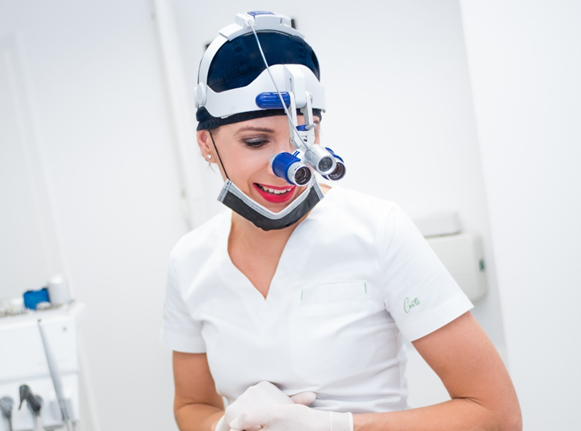
Minimally invasive tooth preparation techniques for ceramic crowns and veneers are performed using optical aids such as magnifiers and microscopes, all with the aim of making the preparation as accurate as possible.
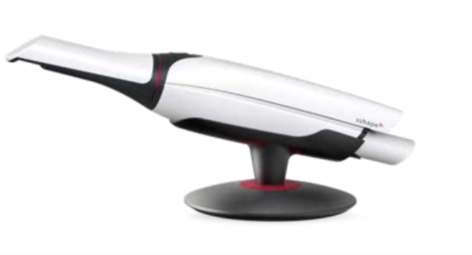
We use dental scanners to provide the maximum precision necessary for minimally invasive techniques and to preserve dental tissue.
If your gums are not fully healthy on the day of the preparation and they bleed at the slightest touch, the dentist will not be able to prepare the teeth with the required precision. Therefore, before scheduled grinding, the patient should follow certain oral hygiene instructions.
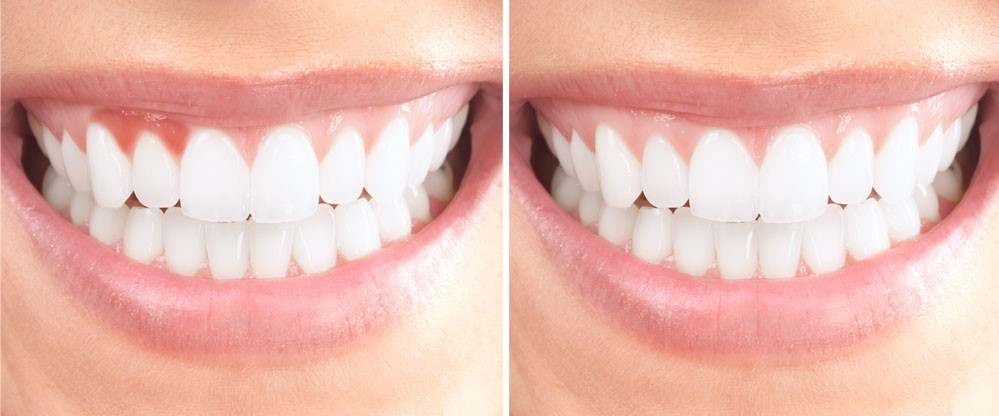
Oral hygiene
In the daily hygiene routine some procedures are introduced:

